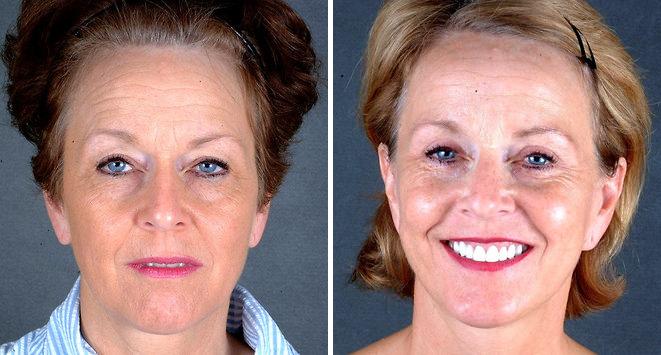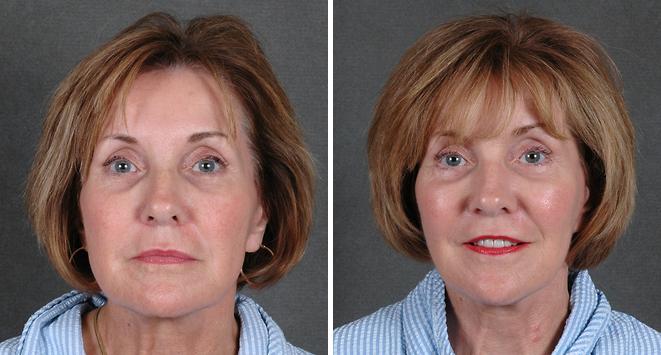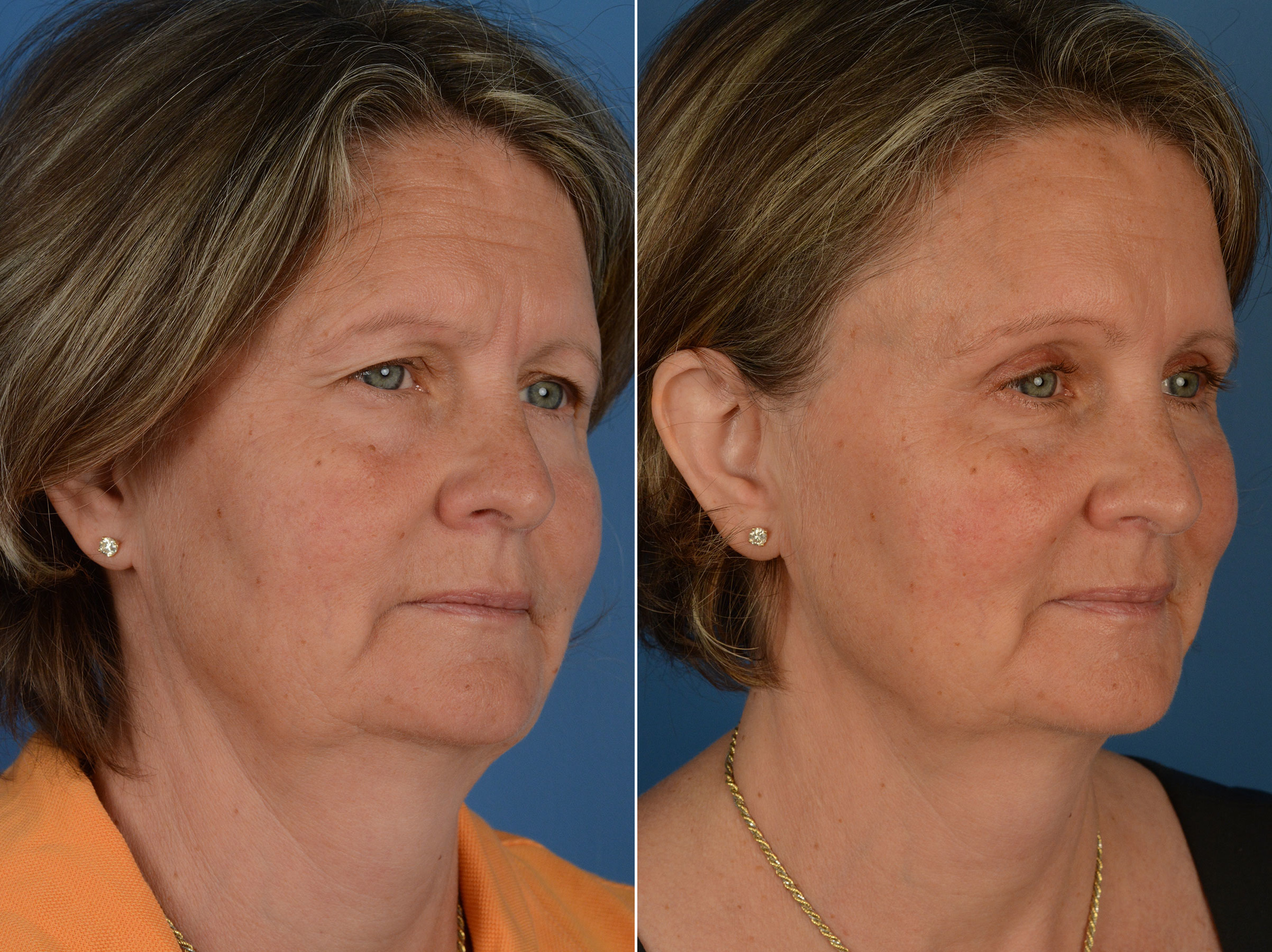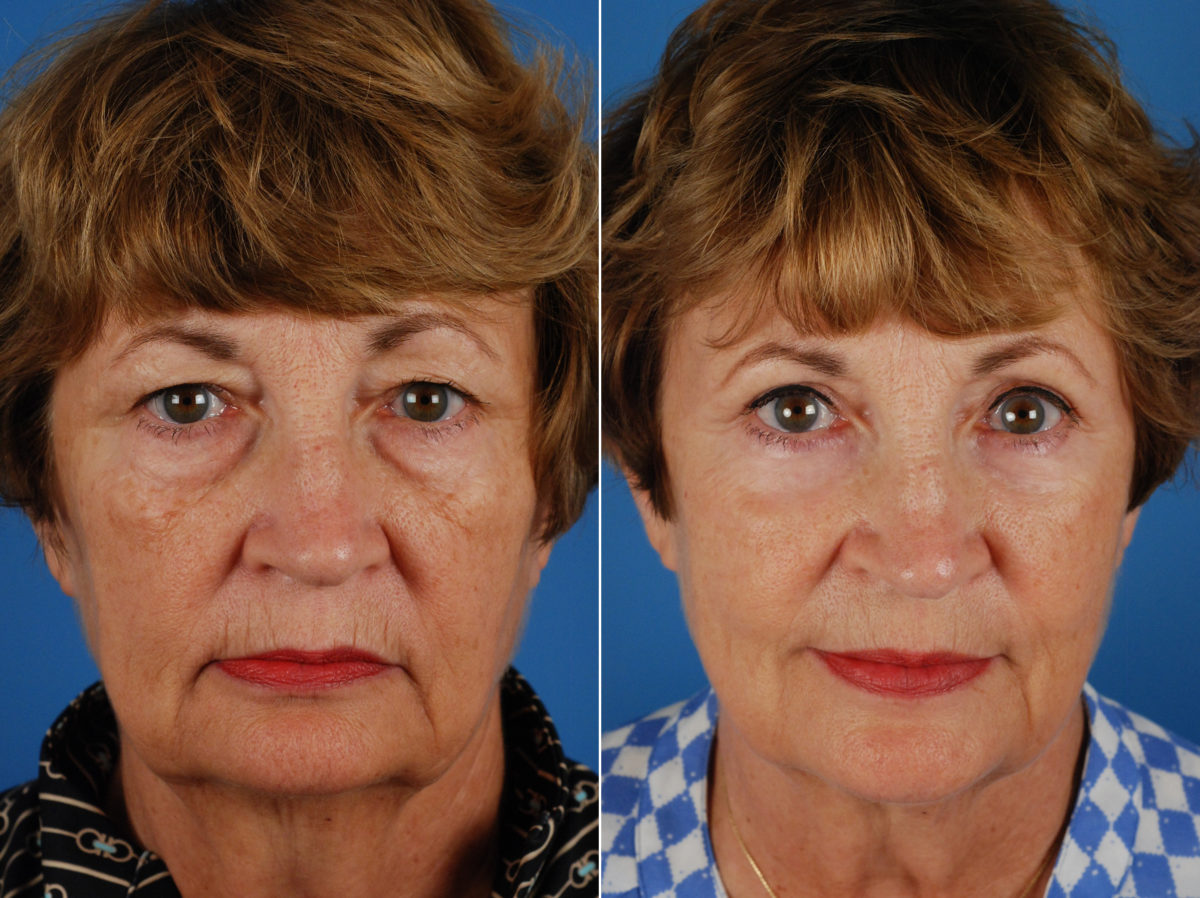Upper Eyelid Lift & Cost in Turkey
What is an Upper Eyelid Lift?
Are you tired of looking tired? Do you feel like your eyes make you look older than you feel? An upper eyelid lift, also known as blepharoplasty, could be the answer! An upper eyelid lift is a minimally invasive surgical procedure that removes excess skin, muscle, and fat from the upper eyelid. This helps reduce puffiness, lift sagging skin, and create a more youthful appearance.
Who is Suitable for an Upper Blepharoplasty?
Upper Blepharoplasty could be a good option for people who suffer from:
- Excess skin or fat on the upper eyelids
- Drooping eyelids (ptosis)
- Puffiness or bags under the eyes
- Difficulty applying makeup due to excess skin
- Or have the desire for a more youthful and alert appearance
It is important to consult a qualified surgeon. They will guide and determine what options are the best for you.
Benefits of Eyelid Lift
Benefits of Eyelid Lift
- Reduces puffiness and sagging eyelids
- Improves field of vision in some cases
- Give you a more youthful and energetic appearance
- Easier application of makeup
- Has a long-lasting result
How is Upper Eyelid Lift Performed
The upper eyelid lift procedure is performed under local anesthesia with sedation. The surgeon will first make a small incision in the natural crease of the upper eyelid. They will then remove the excess skin, muscle, and fat carefully, and close the incisions with sutures.
How is Upper Eyelid Lift Performed
Just like any other surgery, some patients experience minimal discomfort after the procedure. You can expect mild bruising and swelling that resolves within a few days, along with temporary blurry vision which is normal and usually improves within a week. You’ll also get your sutures removed within 5-7 days, and you’ll be able to return to your normal daily routine gradually.
How is Upper Eyelid Lift Performed
Determining whether you’re an ideal candidate for Upper Blepharoplasty (Eye Lift) depends on several factors. Some of these factors include:
- Being in good overall health
- Having realistic expectations about the results
- Suffering from excess skin or fat on your upper eyelids
- Being a non-smoker
Why Upper Blepharoplasty (Eye Lift) at Aesthetic Airways?
At Aesthetic Airways, we’re dedicated to providing the best cosmetic procedures in Turkey. Our team of experienced surgeons is dedicated to giving the highest quality care and achieving natural-looking results that align perfectly with your goals. We offer personalized consultations to discuss your individual needs and goals, a comfortable and safe environment, and ongoing support throughout your recovery process. Our surgeons use the latest techniques and technology to ensure everything runs smoothly and exceeds your expectations. So, rest assured, you are in safe hands. Schedule your consultation today, and enter the world of eternal beauty.
Aesthetic Airways is a top cosmetic surgeon in Turkey, providing high quality blepharoplasty, eyelid surgery, upper eyelid lift and eye lifts to help lift and rejuvenate the eyes.
Why Upper Blepharoplasty (Eye Lift) at Aesthetic Airways?
The cost of an upper eyelid lift in Turkey can vary depending on several factors, including the surgeon’s experience, the complexity of the procedure, and the specific clinic you choose. However, Turkey offers some of the most affordable prices for blepharoplasty globally. The average cost of an eyelid lift in Turkey ranges from $1,600 and $2,500 which is significantly lower than in other countries in the US and UK which ranges from $3,200 to $6,150.
Upper Blepharoplasty (Eye Lift Surgery) Before and After
Are you considering or preparing for a eyelid lift surgery with Aesthetic Airways? If so, explore our gallery of previous patients to see the team’s work.
.




